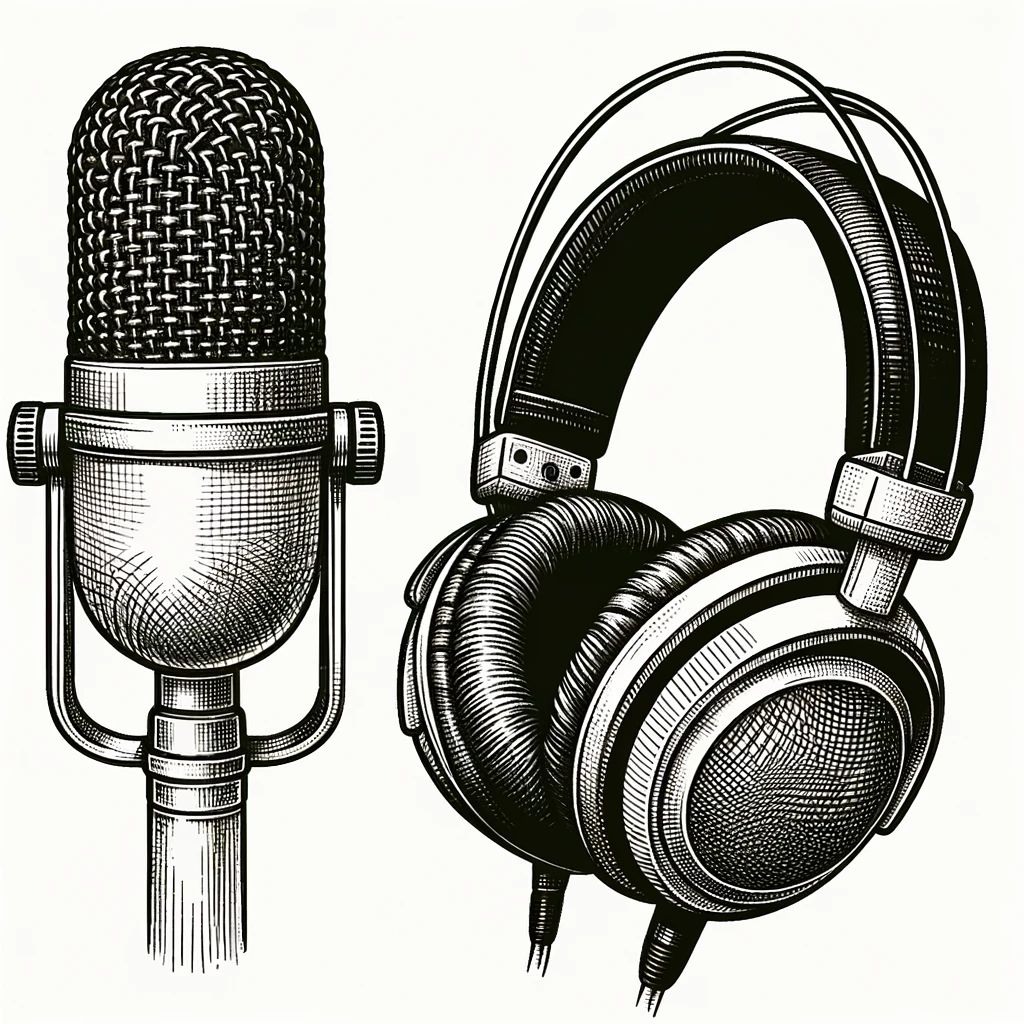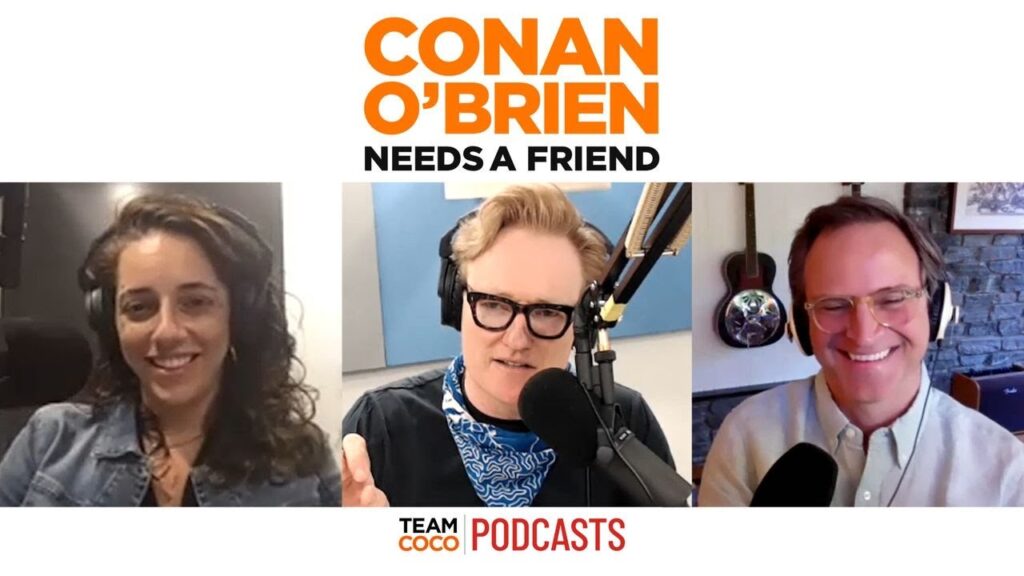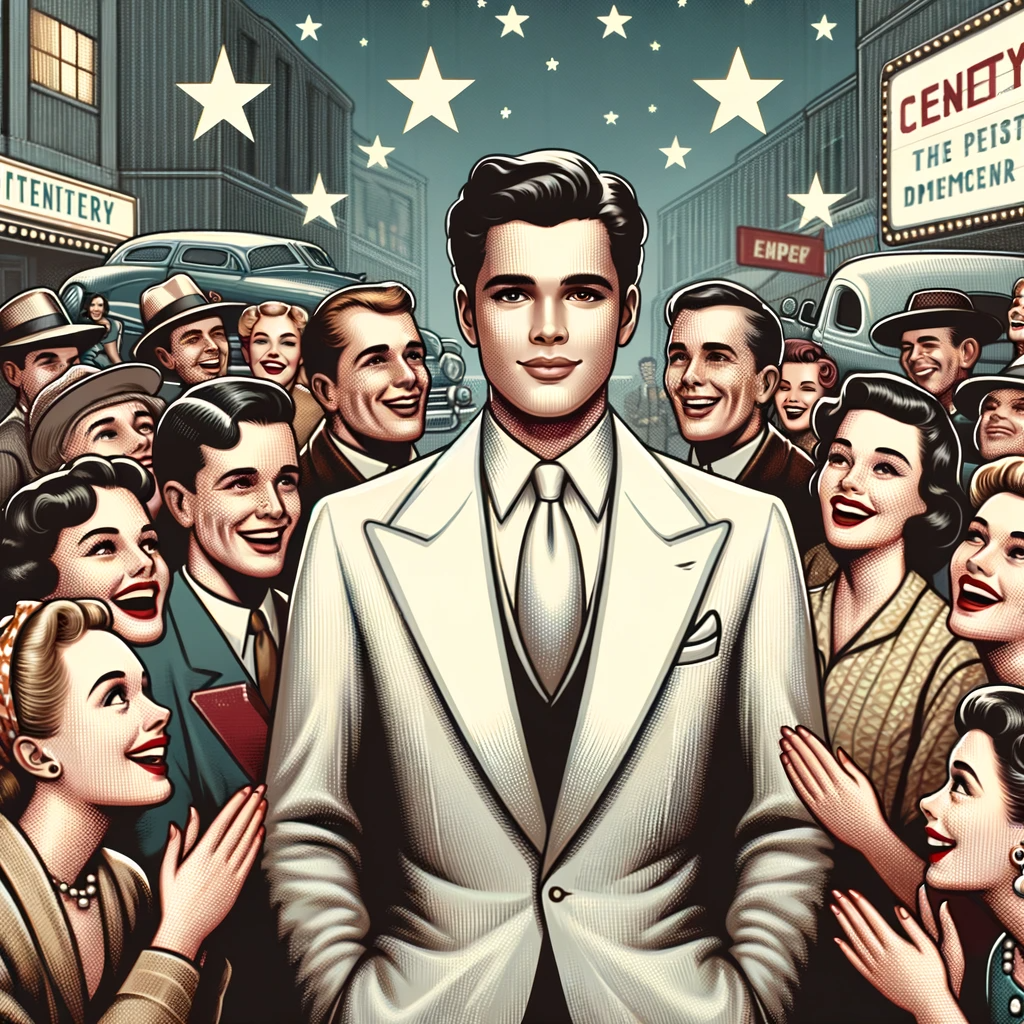The Daily Beast has an interesting article about personal and political dynamics within one podcasting company, Pushkin Industries.
But I don’t think Pushkin’s struggles or those of any other company are primarily about individuals making bad decisions. Pushkin launched right around the same time I launched my podcast company, Three Uncanny Four. I think they made a lot of better decisions than I did. This quote, from Malcolm Gladwell cut a little close to home. I could have said the exact same words:
“We made mistakes. I think we grew too fast. I think we lost sight of who we are and what we stand for,” he admitted. “I think we got a little blinded by some of the hype and craziness in our industry over the last couple of years.”
Podcasting has offered a fascinating case study of the sudden emergence, rapid growth, and then maturing of a medium.
Alex Blumberg and I launched Planet Money in 2008. From that year through 2018, podcasting’s audience growth was incredible. In 2008, almost nobody had even heard of podcasts, let alone listened to one. This chart suggests around 20% had ever heard one but fewer than half of them regularly listened.
Apple wouldn’t launch its podcast app for another four years. It required some technical skill and a fair bit of time to even download a podcast and you had to do it from your computer, so you needed to know what you’d want to listen to before you left the house.

But that growth kept on growing.
Supply of great shows and the talent to make great shows was lagging behind that audience growth. For years, this was the main complaint of podcast executives: we can’t find enough people who know how to edit tape, how to record, how to shape a show.
As a result, there were only so many compelling shows launched each year.
A fast-growing audience, hungry for content, meant that pretty much every decent show found listeners organically.
The economics were wonderful for thoughtful, carefully produced shows. Those were the shows that stood out, that friends told their friends about. I would guess that in 2008, there were well below 100 people in the U.S. who had any experience creating highly produced long-form audio shows. (NPR and most other public radio shows are focused on 3 to 5 minute radio stories or live radio. These require some of the same skills as podcasting, but are, fundamentally, a different beast than produced long-form audio.)

Through to 2018, you could launch an amazing show with 2 or 3 employees who made an average of $60K a year or so. Or, more likely, freelancers at a comparable rate. You could spend next to nothing on marketing and still build a sizable audience. You could sell ads yourself or partner with one of a lot of agencies. If your show was pretty darn good, it would be like a big Hollywood launch. The world of podcast listeners would know about it, listen to it, tell their friends.
But in 2019 there was a complete transformation. On one day, Spotify poured $400M+ into an industry that had been around $400M for the entire year of 2018. That same year Sony Music put a lot of money in, so did Amazon and SiriusXM, and countless others. The industry more than doubled in a few months. There was more money than ever. And that drew a lot of skilled people from other media or from non-media jobs into the industry.
It also bid up the price of marketing channels. They stopped being organic and became quite costly and crowded. In a world of 4 or 5 new great shows a year, you can rely on organic growth. Suddenly, there were like 4 to 5 great new shows every day.
As a result, thoughtfully produced (i.e.: expensive!) shows became uneconomical.
Staffers and freelancers made more money (good!). Marketing costs skyrocketed. One ad on the Daily or whatever hit show could be $40,000. And there were so many new shows, many of them quite good, that whatever date you chose to launch would be crowded with a ton of other shows. I remember launching “The Passion Economy” podcast and finding out that another show, called “Passion Economics” happened to launch on the very same day. When I ran Three Uncanny Four, we had a new show by a host who was Instagram famous. We spent months planning the launch, spending tens of thousands on it. The host forgot to mention that he had an entirely different show, with an entirely different marketing campaign, launching the same week.

At the same time, a bunch of big celebrities realized that podcasting was no longer a low-status, low-revenue gig for struggling standups. It was the single-easiest way for top tier talent to make a fortune. Those celebrities brought their own audiences.
For podcast company execs, the economics of these celebrity shows are far more appealing. With a highly produced show, a company needs to lay out a lot of money to pay for highly-skilled people to build a highly produced show. For Planet Money or other produced shows, it can easily take several person-months to make one hour of a show. And there are not all that many people who know how to do this work well, so the good ones get paid a lot (as they should!).
A company might pay several hundred thousand dollars before a show launches. It might take a full year to produce eight episodes. That math works out fine if you are all-but-guaranteed a successful launch. But after 2019, virtually no new highly produced shows had successful launches. So, you spend all this money, launch the show, and… nobody listens. You can spend a lot on marketing. But, still, nobody listens.
By contrast, if you do a deal with a celebrity, you might pay a bit upfront, but most of the money is tied to the success of the show. If it works and finds an audience, the celebrity gets a percentage. If it doesn’t work and doesn’t find an audience, the company isn’t out much money.
Even better, for the company, the celebrity brings their own audience, so marketing costs are low.

Most celebrity shows fail. There was a long run of shows hosted by very famous people who clearly didn’t want to do a show at all but were talked in to it by managers and agents looking for a payday. The shows that succeeded were the ones hosted by famous people who love doing it. It is very hard–even for talented actors–to fake authenticity in audio for an hour a week. There are minimal upfront costs. The celebrities need to make time available, so you do have to guarantee them something. And you have to buy them a mic, maybe, and some decent headphones. But that is nothing compared to the costs of a highly produced show.
At the same time, the podcast advertising market became highly concentrated. It’s a bit nuts that as late as 2018, individual shows had their own ad salespeople directly talking to all these big companies. There were probably thousands of ad sales people. By 2020, there was near-total concentration, with five or so ad operations responsibility for a majority of ads sold.
This created a new dynamic. When an ad salesperson only makes money if they get ads on your show, they are going to work very hard to get ads on your show. But if that same salesperson has a large library of shows to sell, they will focus on the already successful shows with large audiences. It takes less time, less effort to sell a show that has 1 million listeners than to sell a show with 20,000 or 100,000 listeners. And it’s all but impossible to sell a brand new show with no listeners.
Things got even worse for the highly-produced shows. They typically had limited runs. Seasons of 6- or 8- or, maybe, 12 episodes. Compare that to weekly shows, that
Here’s some math:
In 2018, you could:
- Create a new show for around $20,000 per episode (~200 hours of work at ~$100/hour).
- Get an audience of 300,000 or more for, essentially, no marketing spend.
- Sell ads for around $100 CPM (cost per thousand impressions). Which brings in $30,000 per episode.
- You make $10,000 per episode profit.
That can be a business. Launch ten of those a year, with an average of 10 episodes a year, and you’ve got $1 million profit on a $2 million investment. Pretty darn good. Nothing comes even close.

That’s the math behind my launch of Three Uncanny Four and behind Alex Blumberg launching Gimlet and 1,000 other people launching 1,000 other shows.
By 2020, that all changed:
- That same show costs more, because the skilled talent could demand more money. Let’s call it $150/hour.
- Marketing costs skyrocketed. Each company calculates it differently and estimates range from $2 to $50 in marketing costs to bring in a single listener.
- Audience size seems to cap out at around 100,000, even with that spend.
- CPMs for 100,000-listener shows has fallen dramatically. let’s call it $50 CPM (which is probably generous.
A 10-episode show economics became:
- Production costs: $30,000/episode. (~200 hours times ~$150/hour).
- Marketing costs: $300,000 to get 100,000 listeners. Or $30,000 per episode for a 10-episode run.
- Sell ads for $50 per 1,000 and get $5,000/episode.
- Lose $55,000 per episode.

These numbers are rough estimates and any individual company’s real costs and revenue will be quite different. But the rough order of magnitude is right.
From 2018 to 2020, highly-produced podcasting went from a fairly easy way to make a decent profit to a near-guaranteed way to lose a fortune.
Compare the highly-produced cost structure to a celebrity show:
- Production costs: $150,000 per year (an engineer and a producer). With 50 episodes a year, that’s $3,000/episode. But one engineer can probably handle 10 shows. And a producer can do 2 or 3. So, as you grow, this cost becomes even more negligible.
- Marketing costs: $50K or so on PR push to get press. So, $1K/episode.
- Guarantee to celebrity: $250K, recoupable (meaning you lose that if the show fails but you are repaid if the show succeeds).
- Sell ads for $100/1,000 listeners, because brands want to be associated with celebrities.
- Audience: 500,000 to 1 million if you have the right celebrity.
Let’s say you do 10 of these in a year. You are out $3M in guarantees and marketing. ($50K marketing+$250K advanceX10).
If one of these shows hits big, you get: $100,000 PER EPISODE ($100/thousand listenersX1M listeners). And you get to do 50 episodes in a year. So, you get $5M in revenue. Off of ONE show. The other nine shows you do could be total failures. But let’s say 2 of them become 500,000 listener shows. Then you’re making another $100K/week, or $5M/year. And most of that is pure profit, because you’ve covered all your costs with your one hit. The other shows can all be failures and you’re still profitable. But if those shows can break even at around 60,000 listeners per episode, which is pretty low for a celebrity-driven show. And every listener above that is profit.
For the people laying out the dough–the investors and the executives who control the spend–these are low risk engagements. You do have to promise $250K up front. But most of the profit for the talent is only realized if the show is successful. So, yes, you do have to give something like 25% to 35% to talent and their team. But you are still keeping a ton of dough. And if the show is created and owned by the talent, they get all the upside.
Again, these numbers are quite rough and each company’s picture is different. But you start to see why Conan O’Brien sold his company for $150M and the Smartless folks are getting as much as $80M from Amazon.
And this shows why the companies that focused on highly-produced, non-celebrity shows have gone defunct or are heading there. Gimlet, Three Uncanny Four, Pushkin, and on and on.
I know many (most?) of the people involved in most of these companies. And, yes, we have all made a lot of dumb choices and bad decisions. But that was true during the fast-growth stage of podcasting, too.
I’m not sure there was any set of choices in which these companies would have succeeded.
What changed is that podcasting became mature and the economics fundamentally shifted.

With hindsight, the only way any of these companies could have triumphed would have been to shift to a cheap-to-produce celebrity-centric talk format. Though, even then, I’m not sure the market wanted so many companies doing that. And I don’t think we would be the people best positioned to succeed at that game.
I made some very bad decisions myself. I ran Three Uncanny Four poorly. I was so eager to please. I so wanted to create a great culture and to support the staff and to get along with Sony Music execs and to make everyone happy that I abandoned my vision before even really trying to implement it. I failed. And I continue to learn a lot from that failure.
I do think there is a good path for individual creators: Patreon and other subscription models. This has been wonderful for at least some. But, as far as I know, few larger companies have succeeded with subscription models.
Perhaps, with precisely the right set of choices, Three Uncanny Four and Gimlet and Pushkin and 1,000 other companies would be alive and thriving today. But I doubt it.



